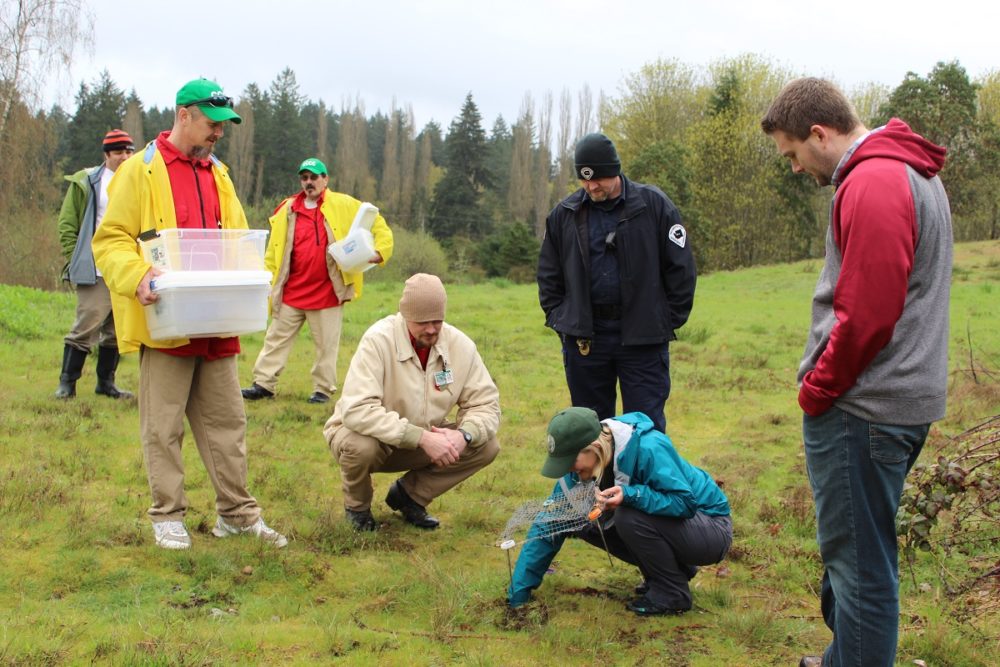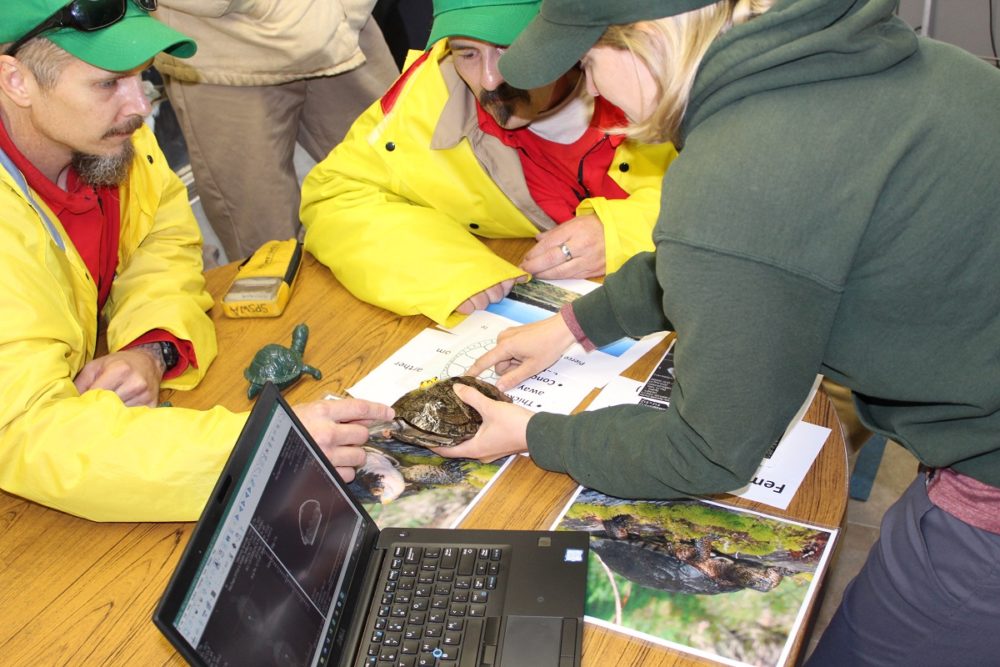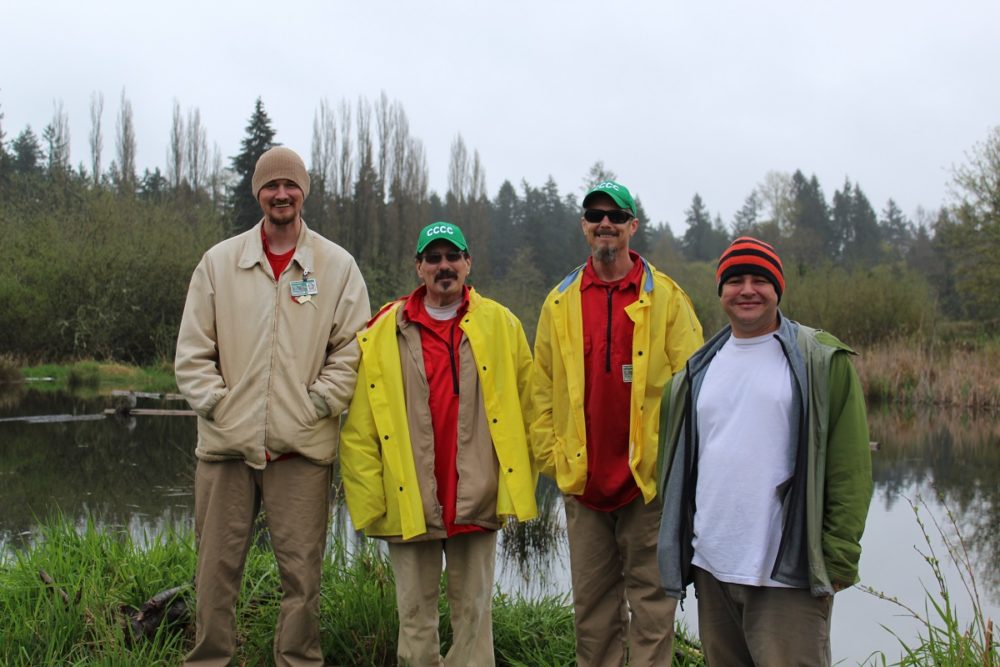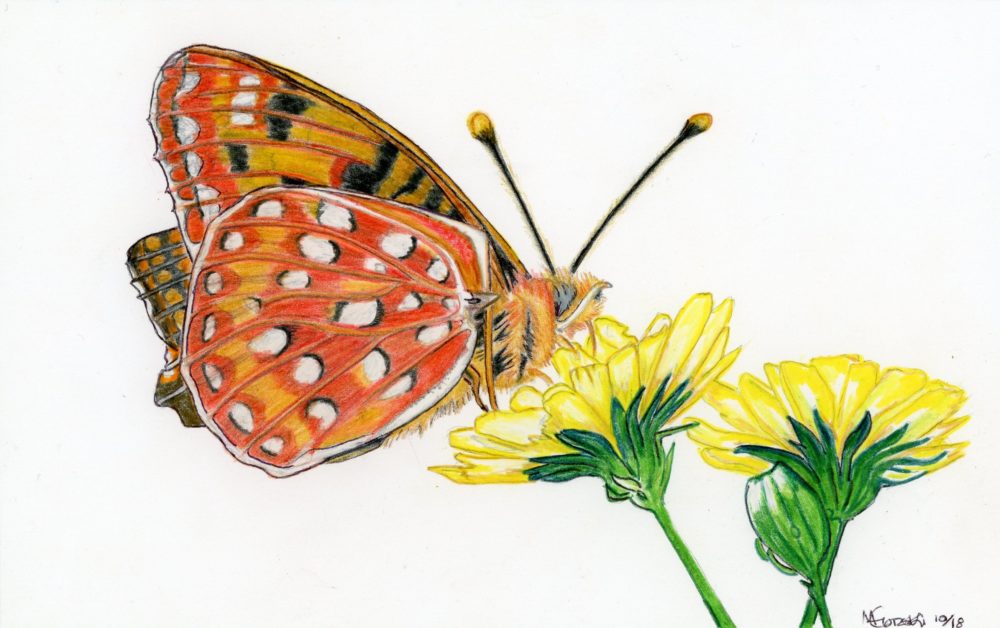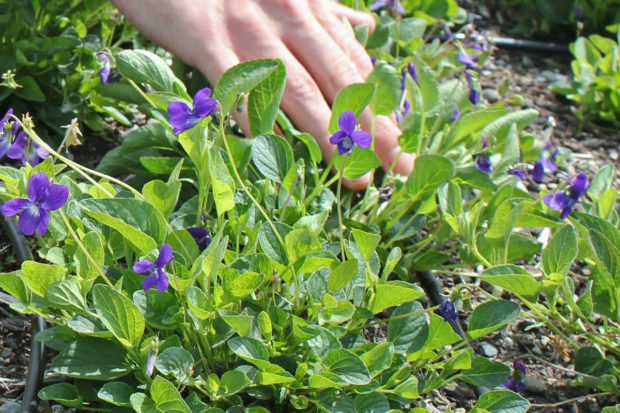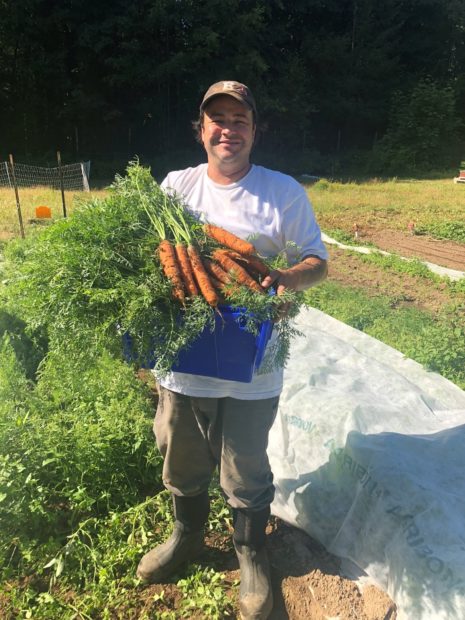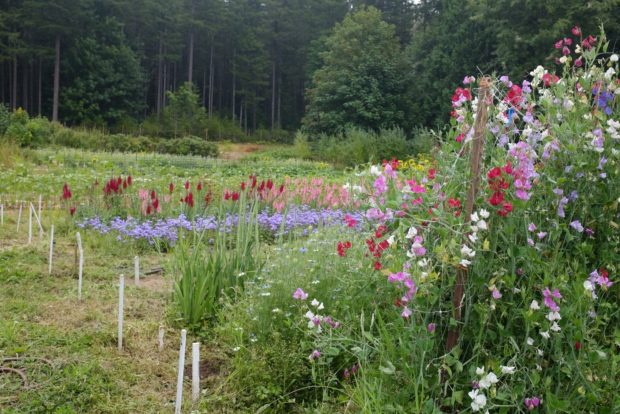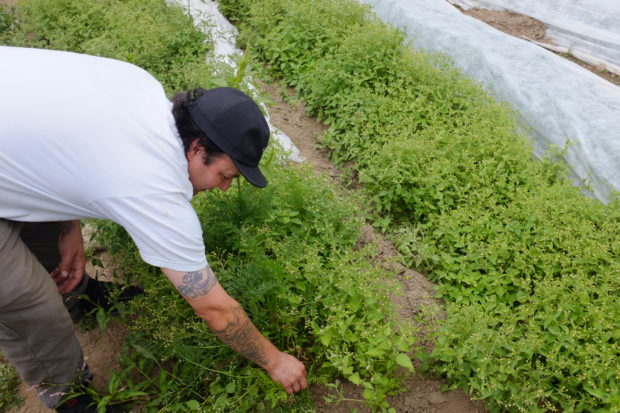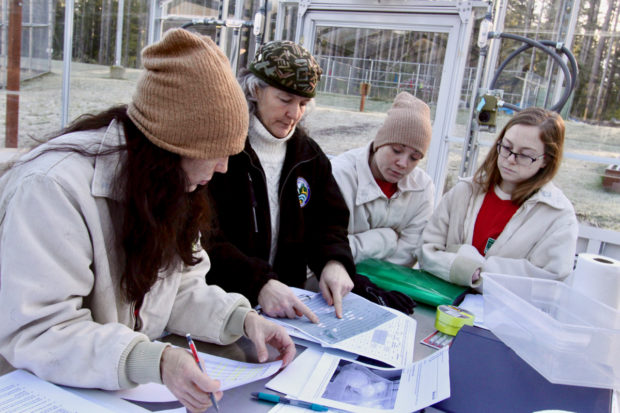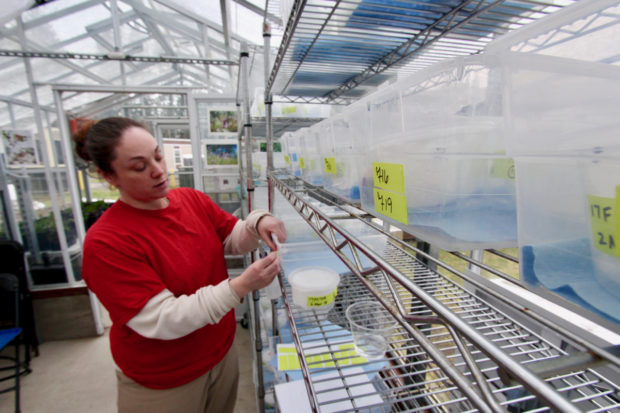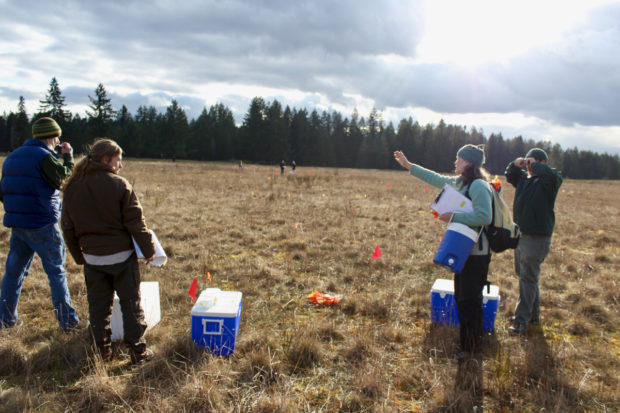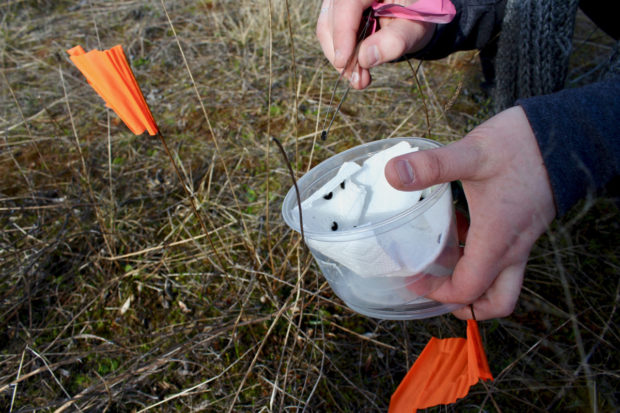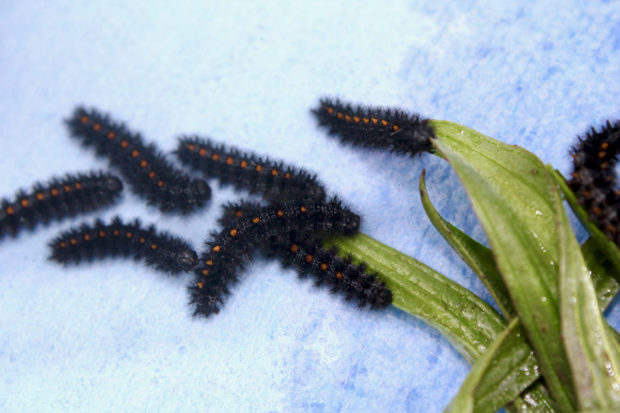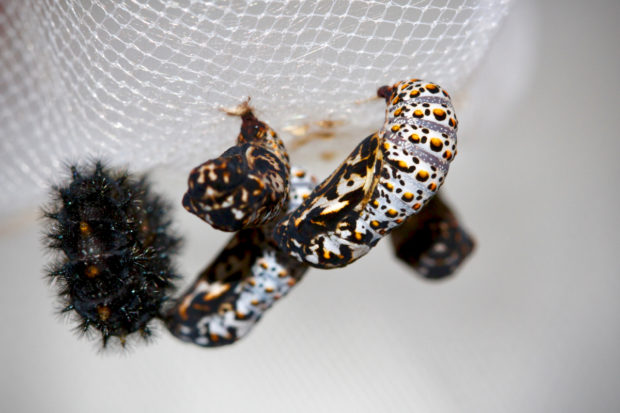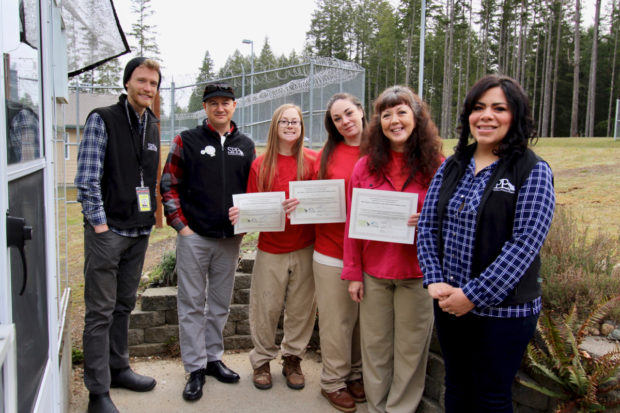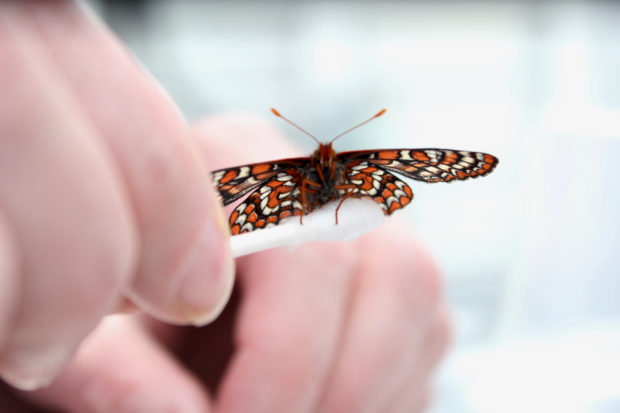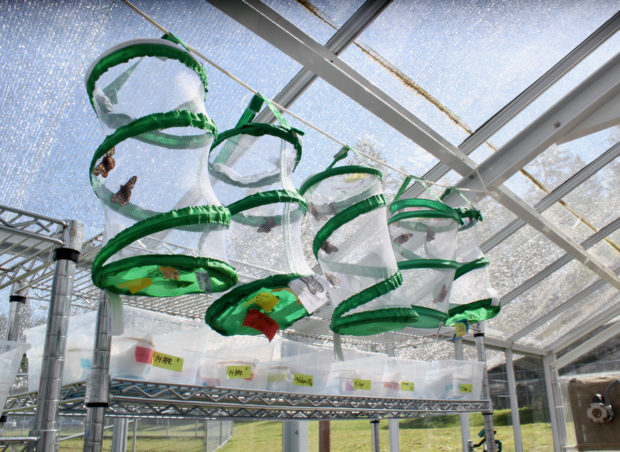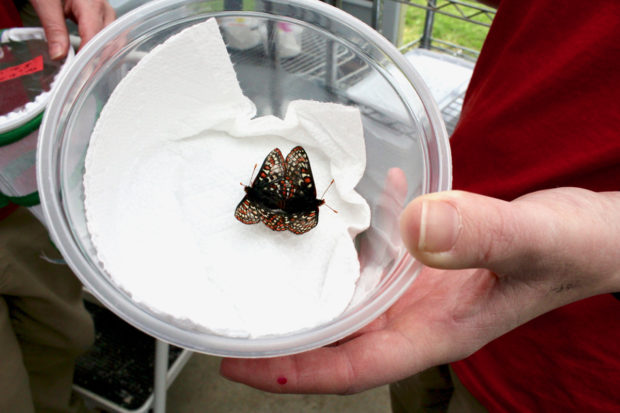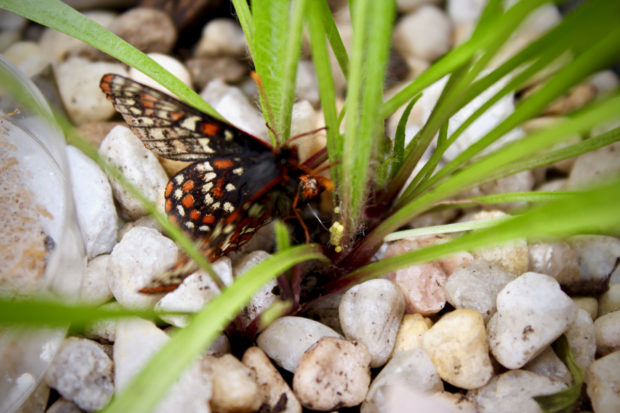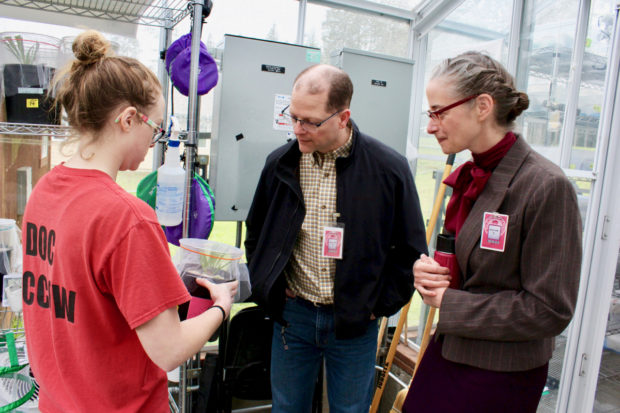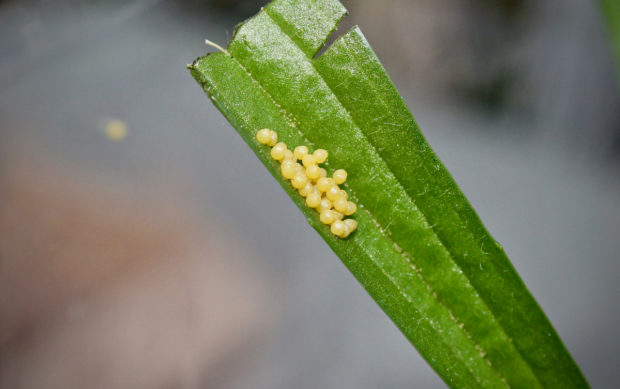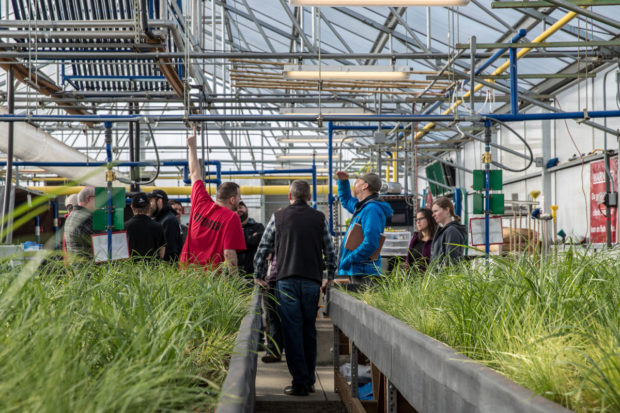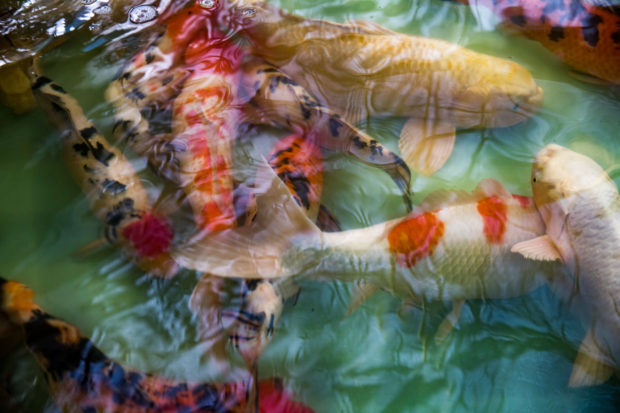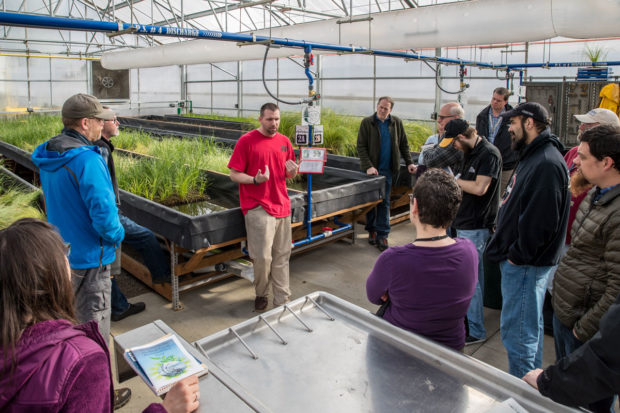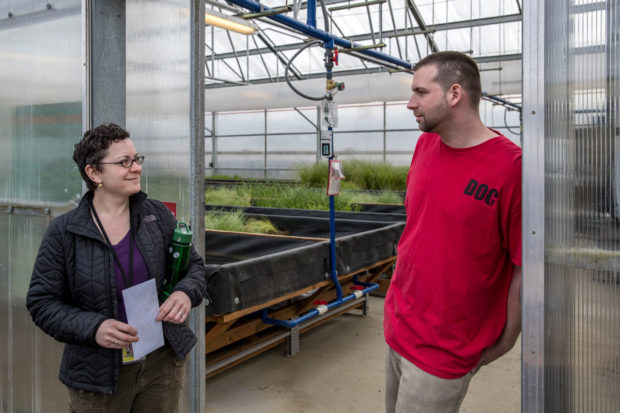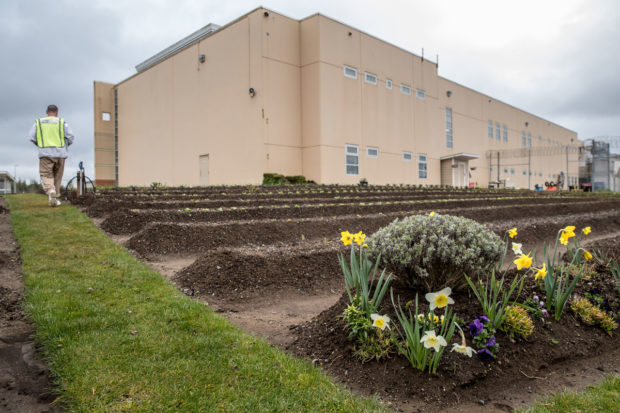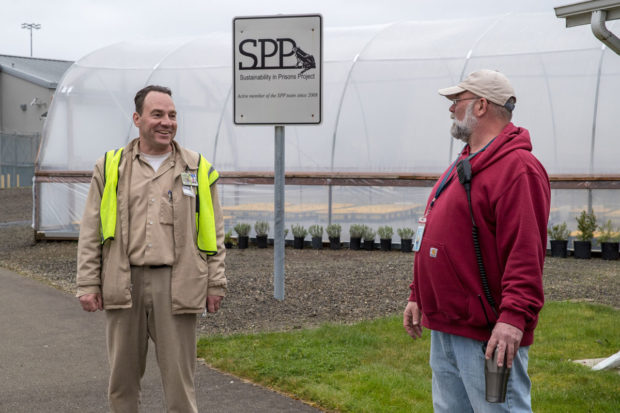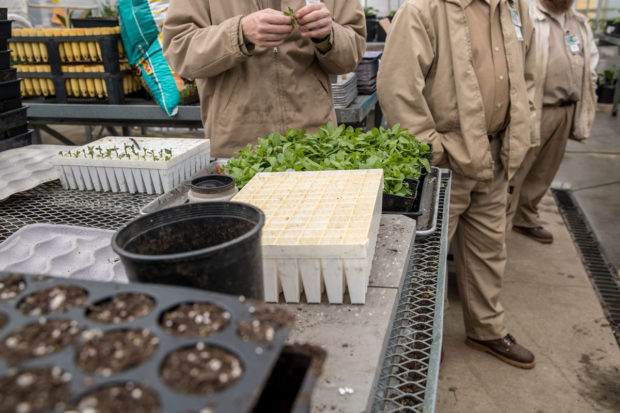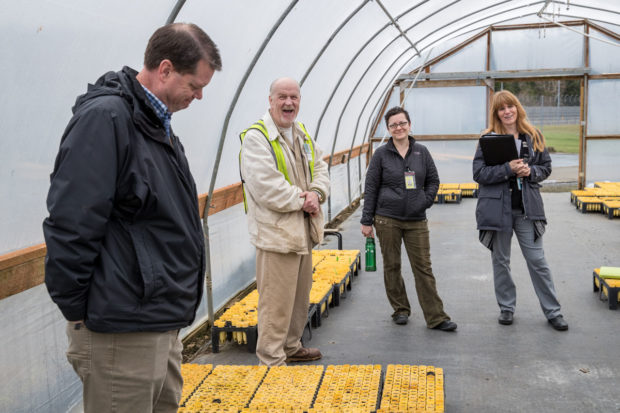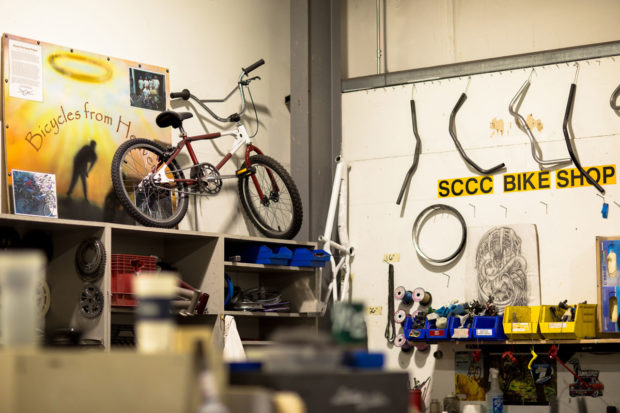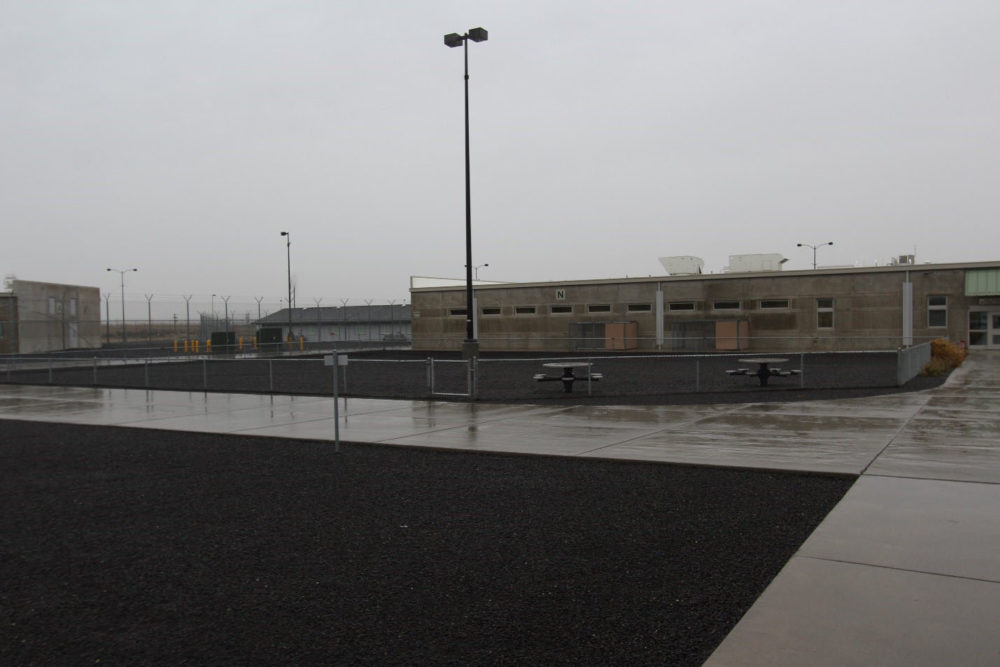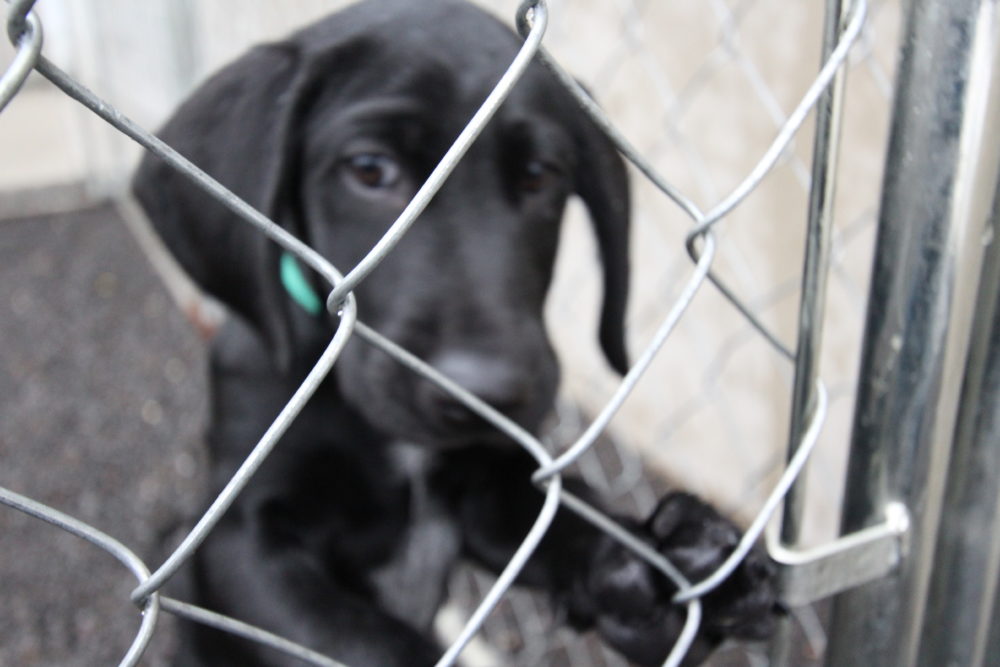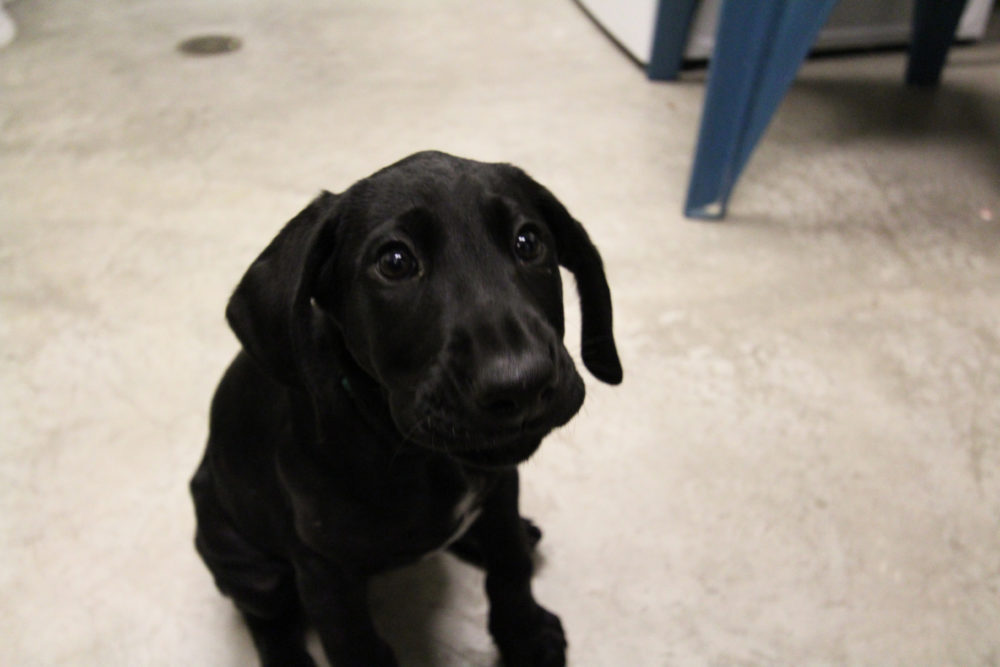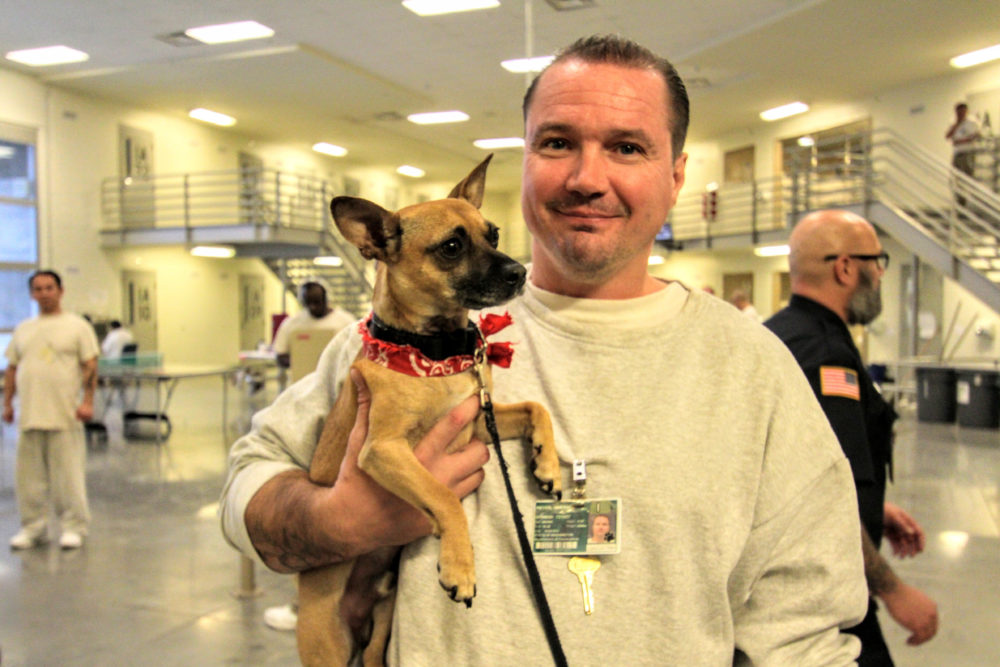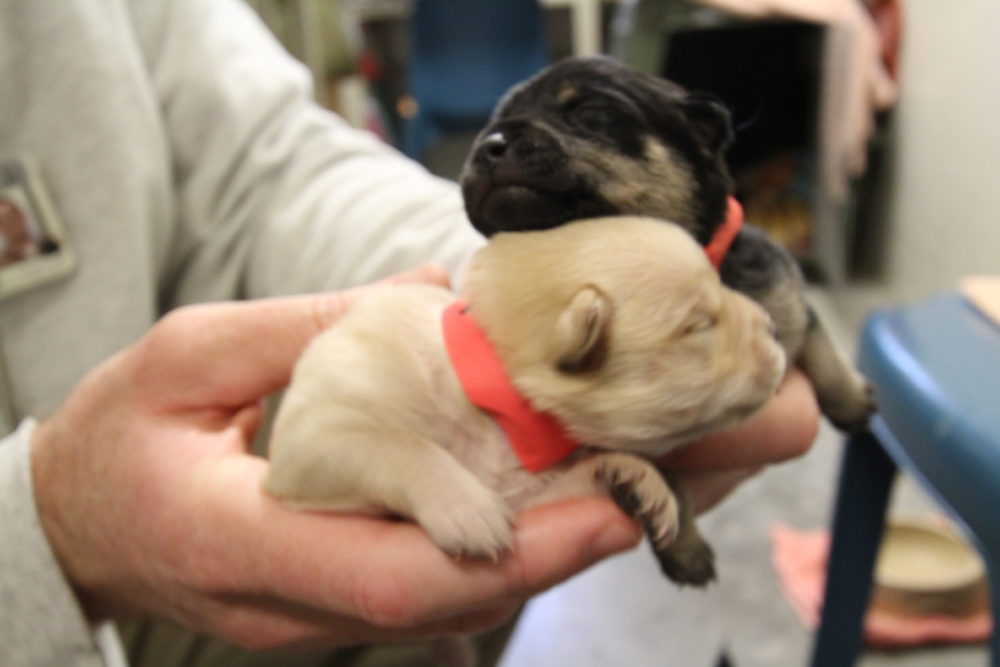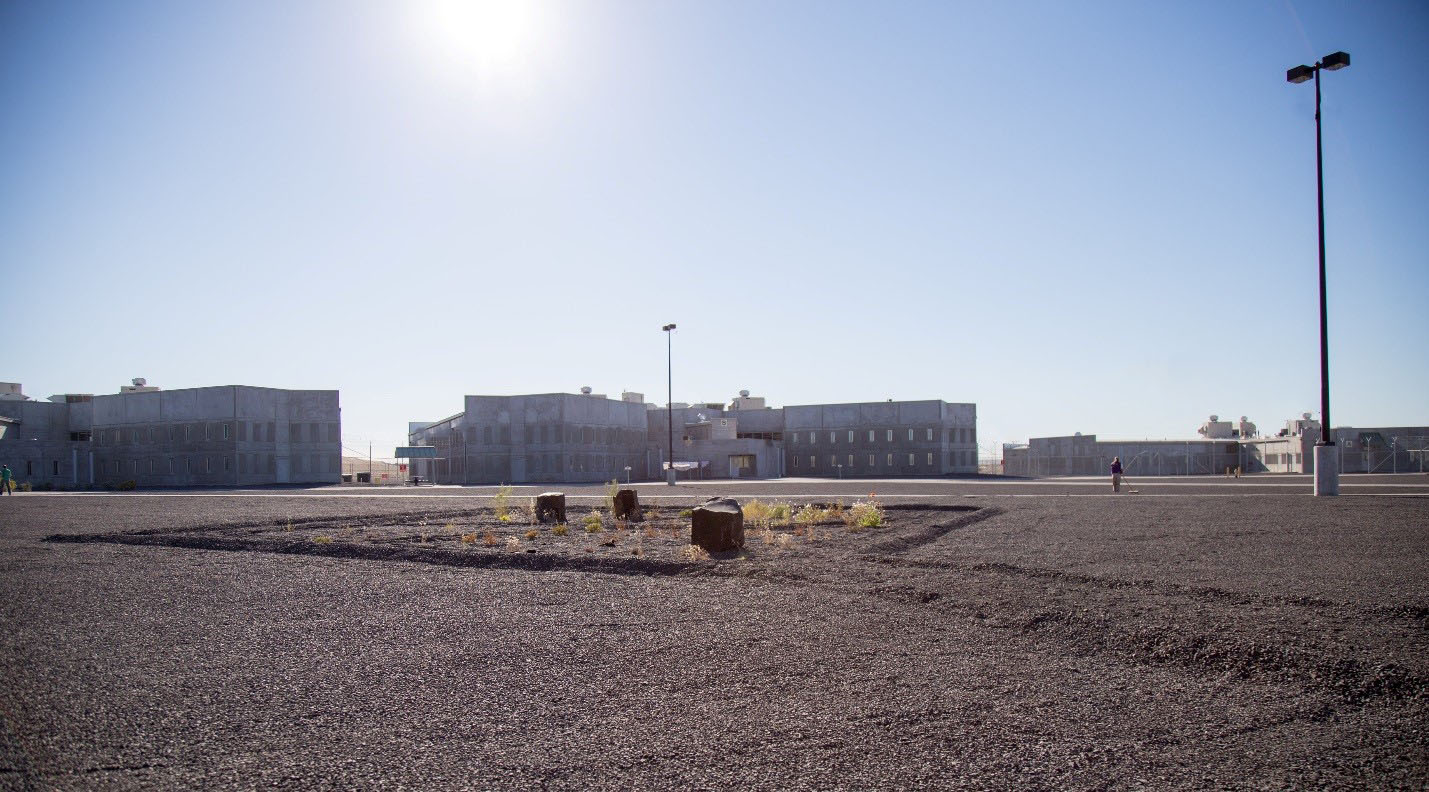Written by Derek Thedell, Composting Education Coordinator
At SPP, we believe collaboration is key to successful, resilient programs. One collaboration we are excited to share about is the Foundations in Composting education course, which has been in development since the summer of 2021. With the support of a generous donor, many partners, and Institute for Applied Ecology’s Sagebrush in Prisons Project the new course will be available in Washington prisons and offered at the Lovelock Correctional Center in Nevada!

Greenhouse and thermophilic composting bins at WCC in Shelton, photo by Emily Passarelli.
This curriculum is modeled from the Foundations in Gardening course written in 2020 and focuses on the science and impacts of composting from small to commercial scales. The curriculum will also introduce careers in sustainability and include cultural and historical components throughout the curriculum. Additionally, once completed, we will present it to The Evergreen State College for review for college credit.
Module or chapter development is currently in progress and includes input and voices from experts in our communities including incarcerated individuals, corrections staff, formerly incarcerated individuals, Evergreen Master of Environmental Studies graduates, local composting experts, Tilth Alliance, Centralia College staff, and professors at the University of Washington. You might recognize a few faces and voices, including Nick Hacheney and Juan Hernandez who were composting leaders at the massively successful composting program at Monroe Correctional Center.

Alongside expert composters, Foundations in Composting will feature information from significant written resources, such as Teaming with Microbes by Jeff Lowenfels & Wayne Lewis.
Last November, SPP had the privilege of hosting a course planning meeting at the Washington Corrections Center (WCC) in Shelton. Collaboration is a fundamental part of the SPP program development process. Bringing in the voices and input of the incarcerated composting educators and technicians, Department of Corrections staff, and community experts helps assure that our program is inclusive and well-rounded.

Active worm bin compost managed by the sustainability crew at WCC, photo by Jennifer Bass.
Currently, the sustainability crew at WCC, led by Corrections Specialist 3 Jeff Sanders, has several active composting projects including thermophilic piles (pictured), bokashi, vermicomposting using worms (pictured) and black soldier flies. SPP hopes to provide an educational opportunity to supplement these active projects in the future using this curriculum.


The compost at WCC is utilized in their many gardens, and the black soldier fly larva are even used to feed the chickens! Photos by Jennifer Bass.
Development of the curriculum is slated to be finished by spring, with the pilot program in Nevada getting started quickly after that. Until then, we will continue to write, edit, and edit some more for this exciting new program. One thing is for sure, the future of composting education in prisons is bright!




















